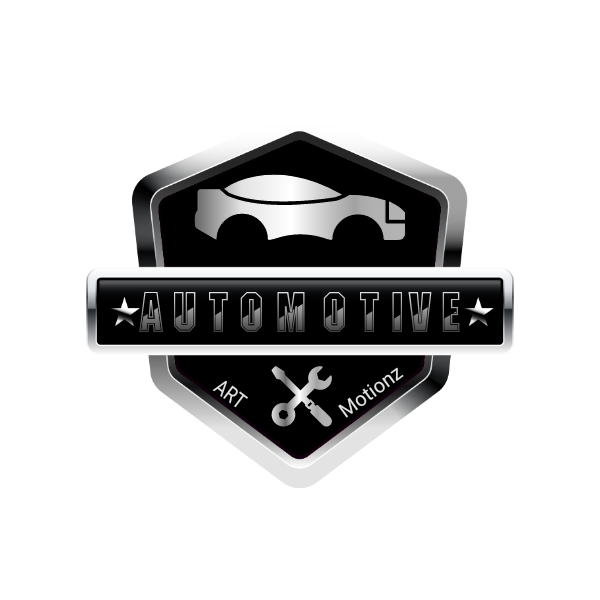Drivetrain
A brief overview of the differences between 4WD, AWD, FWD and RWD:
When shopping for a new vehicle, one of the most important decisions to make is what type of drivetrain you want in your car. There are four main types of drivetrains available: front-wheel drive (FWD), rear-wheel drive (RWD), all-wheel drive (AWD), and four-wheel drive (4WD). Each type of drivetrain has its own set of pros and cons, so it's important to understand the differences between them before making a decision.
Front-Wheel Drive (FWD):
FWD is the most common type of drivetrain found in cars today. In a FWD vehicle, the engine sends power to the front wheels, which then propel the car forward. This setup typically results in good fuel economy and a lower cost for both the vehicle and maintenance. FWD vehicles are also generally more lightweight and have better traction in slippery conditions, such as rain and snow. However, FWD vehicles tend to have more understeer, which means they have a tendency to push straight ahead when turning, and they may not have as much towing capacity as RWD or AWD vehicles.
Rear-Wheel Drive (RWD):
RWD vehicles have the engine sending power to the rear wheels, which then push the car forward. This setup is often found in larger vehicles, such as trucks and performance cars. RWD vehicles typically have better handling and balance, as well as better acceleration and towing capacity than FWD vehicles. However, RWD vehicles can be more difficult to control in slippery conditions and may not have as much traction as AWD vehicles.
All-Wheel Drive (AWD):
AWD vehicles have power being sent to all four wheels, which can help improve traction and handling in various driving conditions. AWD vehicles are often preferred for those who live in areas with inclement weather, such as snow or ice. AWD vehicles tend to have better acceleration and towing capacity than FWD vehicles, but they may not have as much fuel efficiency and can be more expensive to purchase and maintain.
Four-Wheel Drive (4WD):
4WD vehicles are similar to AWD vehicles in that power is sent to all four wheels. However, 4WD vehicles typically have the option to switch from two-wheel drive to four-wheel drive, which can be helpful when driving off-road or in rugged terrain. 4WD vehicles are often found in trucks and SUVs and are known for their excellent off-road capabilities and towing capacity. However, 4WD vehicles can be less fuel efficient and more expensive to purchase and maintain than other types of drivetrains.
In conclusion, the type of drivetrain you choose for your vehicle will depend on your specific needs and driving conditions. FWD vehicles are great for daily commuting and fuel efficiency, while RWD vehicles offer better handling and performance. AWD and 4WD vehicles are ideal for those who live in areas with inclement weather or regularly drive off-road. It's important to consider all factors, such as cost, fuel efficiency, handling, and traction, when deciding on the best drivetrain for your next car.





